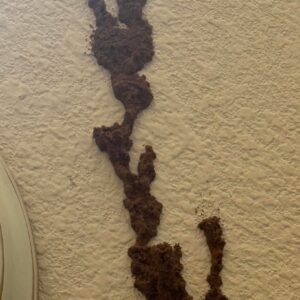You’ve planned a delicious steak dinner, but upon opening the fridge, you’re greeted with an unexpected sight: your steak has turned gray. This color change can be alarming, leaving you to wonder whether it’s still safe to eat. In this article, we’ll explore why steak can change color, what it means for its safety, and how you can make an informed decision about whether to cook it or toss it.
Understanding Meat Color Changes
Meat color changes are a natural process and can occur for various reasons. Fresh meat is typically a bright red due to the presence of oxymyoglobin, a pigment formed when myoglobin in the meat reacts with oxygen. Over time, and with exposure to air, this pigment can change, leading to a grayish or brownish hue. This doesn’t necessarily mean the meat is spoiled, but understanding these changes is crucial in assessing its edibility.
Factors That Cause Steak to Turn Gray
Several factors can cause steak to turn gray. One common reason is oxidation, which occurs when the meat is exposed to air. Additionally, the way meat is stored can affect its color; if it’s tightly wrapped or stored in a vacuum-sealed package, it might not have enough oxygen exposure to maintain its red color. Temperature fluctuations in the fridge can also contribute to color changes.
Assessing the Safety of Gray Steak
While gray steak might not look as appetizing, color alone isn’t a definitive indicator of spoilage. To assess its safety, consider the smell, texture, and expiration date. A sour or off-putting odor, slimy texture, or any signs of mold are clear indicators that the steak is no longer safe to eat. If the steak smells and feels normal, it might still be safe to cook and consume.
The Role of Expiration Dates and Storage Conditions
Expiration dates provide a guideline for how long meat can be safely consumed. However, proper storage conditions are equally important. Steak should be stored in the coldest part of the fridge, ideally at temperatures below 40°F (4°C). If the steak has been stored properly and is within its expiration date, it’s more likely to be safe despite any color changes.
Signs of Spoilage Beyond Color
Beyond color, there are several signs that indicate spoilage. A strong, unpleasant odor is a primary indicator. Additionally, a slimy or sticky texture suggests bacterial growth. Discoloration that includes green or iridescent patches, rather than just gray, can also be a sign of spoilage. If any of these signs are present, it’s best to err on the side of caution and discard the meat.
Expert Opinions on Consuming Gray Steak
Food safety experts often emphasize that while color changes can be unsettling, they are not the sole determinant of meat safety. Experts recommend using a combination of sensory evaluation (smell, touch) and knowledge of storage practices to make a decision. When in doubt, consulting guidelines from food safety authorities can provide additional assurance.
Steps to Take If Your Steak Has Turned Gray
If you find your steak has turned gray, first inspect it for any signs of spoilage such as odor or texture changes. Check the expiration date and consider how it was stored. If everything else seems normal, cooking the steak thoroughly can kill any potential bacteria. However, if you’re uncertain or uncomfortable, it’s best to discard it to avoid any risk of foodborne illness.
Preventive Measures for Keeping Steak Fresh
To prevent your steak from turning gray, store it properly in the fridge, ideally in its original packaging or a vacuum-sealed bag. Ensure your fridge is set to the correct temperature, and try to use or freeze the steak before its expiration date. If you plan to keep it for longer, freezing it can help maintain its quality and color.
Conclusion: Making an Informed Decision
Deciding whether to eat a gray steak involves considering multiple factors, including color, smell, texture, and storage conditions. While a gray color doesn’t automatically mean the steak is spoiled, it’s crucial to trust your senses and prioritize safety. By understanding the reasons behind color changes and knowing what to look for, you can make an informed decision and enjoy your meals with peace of mind.





